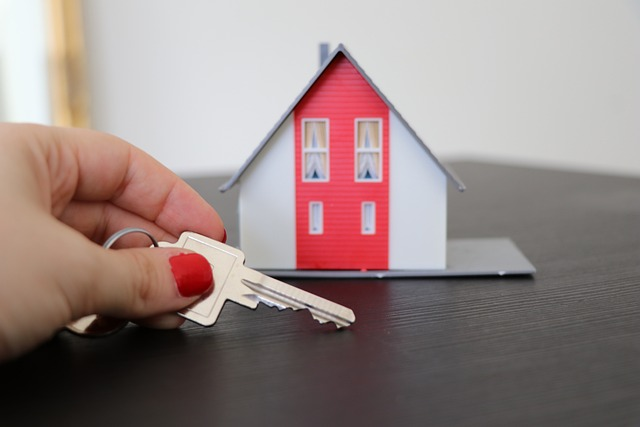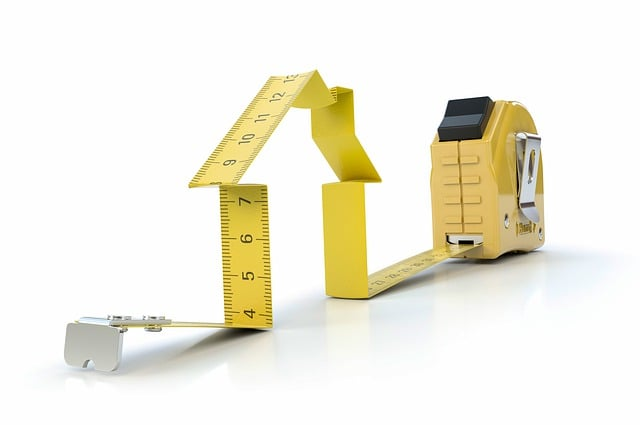Understanding Leasehold Improvements: Tips and Best Practices

Introduction
Leasehold improvements are crucial to many commercial lease agreements, allowing tenants to customize their leased space to suit their specific needs. Whether you’re a landlord or a tenant, understanding the ins and outs of leasehold improvements is essential for navigating the complex world of commercial real estate. In this article, we’ll explore the key concepts, tips, and best practices related to leasehold improvements, helping you make informed decisions and maximize the value of your leased property.
What are Leasehold Improvements?

Leasehold improvements, also known as tenant improvements or build-outs, refer to any modifications or alterations made to a leased property by the tenant. These improvements are typically made to customize the space for the tenant’s specific business needs and can include things like interior walls, flooring, lighting, and custom fixtures.
Who Pays for Leasehold Improvements?
One of the most critical questions regarding leasehold improvements is who pays for them. In most cases, the cost of leasehold improvements is negotiated between the landlord and the tenant as part of the lease agreement. There are a few common approaches:
- Tenant Improvement Allowance: The landlord provides a set amount of money (usually per square foot) for the tenant to use towards leasehold improvements. Any costs above this allowance are the tenant’s responsibility.
- Turnkey Build-Out: The landlord agrees to cover the entire cost of the improvements and delivers the space to the tenant in move-in-ready condition.
- Tenant Pays: The tenant is solely responsible for the cost of any leasehold improvements.
How are Leasehold Improvements Accounted For?

From an accounting perspective, leasehold improvements are treated as an asset on the tenant’s balance sheet. The cost of the improvements is capitalized and then depreciated over their shorter useful life or the remaining lease term.
Tax Treatment of Leasehold Improvements
The tax treatment of leasehold improvements can be complex and depends on various factors, such as the type of improvement and the lease term.
Tips for Negotiating Leasehold Improvements

If you’re a tenant looking to negotiate leasehold improvements as part of your lease agreement, here are a few tips to keep in mind:
- Start Early: Discuss leasehold improvements as early as possible in the lease negotiation process. This will give you more time to reach an agreement that works for both parties.
- Be Specific: Have a clear idea of the improvements you need, and be specific in your requests. This will help avoid misunderstandings and ensure you get the required space.
- Get it in Writing: Make sure that any agreements about leasehold improvements are spelled out in the lease agreement, including who is responsible for payment and the timeline for completion.
- Consider the Long-Term: Consider how the improvements will impact your business over the lease term. Will they still meet your needs in five or ten years?
Best Practices for Landlords
If you’re a landlord negotiating leasehold improvements with a tenant, here are a few best practices to follow:
- Set Clear Guidelines: Establish guidelines for what improvements are allowed and what approval process the tenant must follow.
- Consider the Market: Research what other landlords in your market offer tenant improvement allowances and be competitive.
- Protect Your Investment: Make sure any improvements are done properly and with the necessary permits and approvals. Include language in the lease agreement about the maintenance and repair of the improvements.
- Plan for the Future: Consider how the improvements will impact your property’s long-term value and marketability. Will they be attractive to future tenants?
The Benefit of Leasehold Improvements

Leasehold improvements can benefit both landlords and tenants. They allow tenants to customize a space that meets their business needs, leading to increased productivity, employee satisfaction, and customer engagement.
Offering leasehold improvements can be a powerful tool for landlords to attract and retain tenants. A well-improved space can command higher rent and longer lease terms, providing a stable and profitable income stream.
Related Terms: unamortized balance, rou asset, new lease, opening balance, straight-line basis, paid directly, maximum amount, dressing rooms, costs, lessor, ownership, pay, amortized, example
The Leasehold Improvement Process

The process of completing leasehold improvements typically involves several steps:
- Planning and Design: The tenant works with architects and designers to plan the improvements and create detailed drawings and specifications.
- Permitting and Approvals: The tenant obtains any necessary permits and approvals from local authorities.
- Construction: The actual work of completing the improvements is done, usually by contractors hired by the tenant.
- Inspection and Punchlist: Once construction is complete, the space is inspected, and any remaining items or issues are addressed.
- Move-In: The tenant takes occupancy of the newly improved space.
Common Examples of Leasehold Improvements

Some common examples of leasehold improvements include:
- Interior walls and partitions
- Flooring (carpet, tile, hardwood)
- Lighting fixtures
- Electrical and plumbing upgrades
- HVAC systems
- Custom reception desks or built-in furniture
- Signage and branding elements
- Restrooms and break rooms
The specific improvements will depend on the unique needs of the tenant and the type of business they operate.
The Importance of Working with Professionals

Navigating the world of leasehold improvements can be complex, with many legal, financial, and construction-related considerations. That’s why working with experienced professionals who can guide you through the process is essential.
Key professionals for tenants may include a tenant representation broker, an architect or designer, and a real estate attorney. Key professionals for landlords may consist of a property manager, a leasing broker, and a real estate attorney.
Conclusion
Leasehold improvements are vital to many commercial lease agreements, offering benefits for landlords and tenants. By understanding how leasehold improvements work and following best practices for negotiating and completing them, you can create a space that meets your needs and sets your business up for success.
Whether you’re a landlord looking to attract and retain tenants or a tenant seeking to create a customized and productive workspace, leasehold improvements are a powerful tool in commercial real estate. With careful planning, clear communication, and proper professional support, you can confidently navigate the leasehold improvement process and achieve your goals.
Related Terms: leasehold improvements refer, qualified leasehold improvements, lease improvements, lease liability, lease incentive, lease incentives, rental property, property owner, lease space, rent payments, such improvements, rent expense, attract tenants retail space, amortization period
Short examples and descriptions of leasehold improvements:
Flooring:
Description: Installing new or upgraded flooring materials. Example: A tenant installs high-end hardwood flooring in their office space.
Lighting:
Description: Adding or upgrading lighting fixtures. Example: A retail tenant installs energy-efficient LED lighting throughout their store.
Walls and Partitions:
Description: Constructing or modifying interior walls. Example: A tenant adds glass partition walls to create private offices.
Electrical Upgrades:
Description: Enhancing or expanding electrical systems. For example, a restaurant tenant upgrades its electrical panel to accommodate new kitchen equipment.
HVAC:
Description: Installing or upgrading heating, ventilation, and air conditioning systems. Example: A medical office tenant installs a new HVAC system to ensure proper air filtration.
Plumbing:
Description: Modifying or adding plumbing fixtures. For example, a salon tenant installs additional sinks and plumbing for their styling stations.
Custom Fixtures:
Description: Installing custom-built fixtures or furniture. Example: A law firm tenant installs custom bookcases and filing systems in their office.
Accessibility Upgrades:
Description: Making modifications to improve accessibility for individuals with disabilities. For example, a public library tenant installs automatic door openers and wheelchair ramps.
Signage:
Description: Adding interior or exterior signage. Example: A corporate tenant installs their company logo and branding in their lobby.
Tenant Improvement Allowance:
Description: Funds the landlord provides for the tenant to use towards improvements. For example, a landlord offers a $20 per square foot tenant improvement allowance in the lease agreement.













